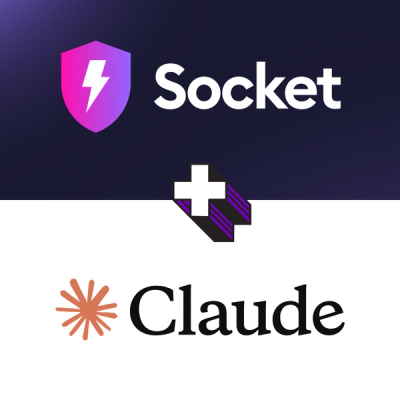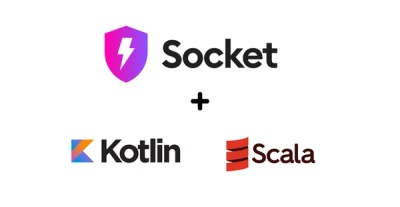
Product
Introducing Socket MCP for Claude Desktop
Add secure dependency scanning to Claude Desktop with Socket MCP, a one-click extension that keeps your coding conversations safe from malicious packages.
glsl-hash-blur
Advanced tools
A fast blur effect that uses a random hash to compute the sample offset. This gives a snowy/grainy feel to the blur. When requiring, you must specify a sample function and the iterations (a const or #define integer).
vec3 tex(vec2 uv);
#pragma glslify: blur = require('glsl-hash-blur', sample=tex, iterations=20)
vec3 tex(vec2 uv) {
return texture2D(iChannel0, uv).rgb;
}
void main() {
float aspect = resolution.x / resolution.y;
gl_FragColor.rgb = blur(vUv, radius, aspect);
}
See demo.frag for an implementation of a vignette blur.
The effect was inspired by David Hoskins' ShaderToy.
Note: Use highp precision for best results on mobile and other low-end devices.
blur = require('glsl-hash-blur', sample=S, iterations=I)Requires the module with your desired sampling function S and iteration count I. The sample function has the following signature:
vec3 sample(in vec2 uv);
vec3 blur(vec2 uv, float radius[, float aspect[, float offset]])Using the sample function provided above, this will create a blur using the specified UV coordinates and radius strength. The radius is typically multiplied by texel size, e.g. 1.0 / resolution.x.
The aspect (defaults to 1.0) is recommended to produce a more accurate blur; e.g. resolution.x / resolution.y.
The offset is optional (defaults to 0.0). It offsets the uvs during randomization, which can produce a "jitter" effect like moving film noise.
To build/run the demo from source:
git clone https://github.com/stackgl/glsl-hash-blur.git
cd glsl-hash-blur
npm install
Then run the following to start development:
npm run start
And open http://localhost:9966/. Changes to the file will trigger a LiveReload event on the page.
To run the production build:
npm run build
MIT, see LICENSE.md for details.
FAQs
a blur effect based on random hash offset
The npm package glsl-hash-blur receives a total of 31 weekly downloads. As such, glsl-hash-blur popularity was classified as not popular.
We found that glsl-hash-blur demonstrated a not healthy version release cadence and project activity because the last version was released a year ago. It has 4 open source maintainers collaborating on the project.
Did you know?

Socket for GitHub automatically highlights issues in each pull request and monitors the health of all your open source dependencies. Discover the contents of your packages and block harmful activity before you install or update your dependencies.

Product
Add secure dependency scanning to Claude Desktop with Socket MCP, a one-click extension that keeps your coding conversations safe from malicious packages.

Product
Socket now supports Scala and Kotlin, bringing AI-powered threat detection to JVM projects with easy manifest generation and fast, accurate scans.

Application Security
/Security News
Socket CEO Feross Aboukhadijeh and a16z partner Joel de la Garza discuss vibe coding, AI-driven software development, and how the rise of LLMs, despite their risks, still points toward a more secure and innovative future.